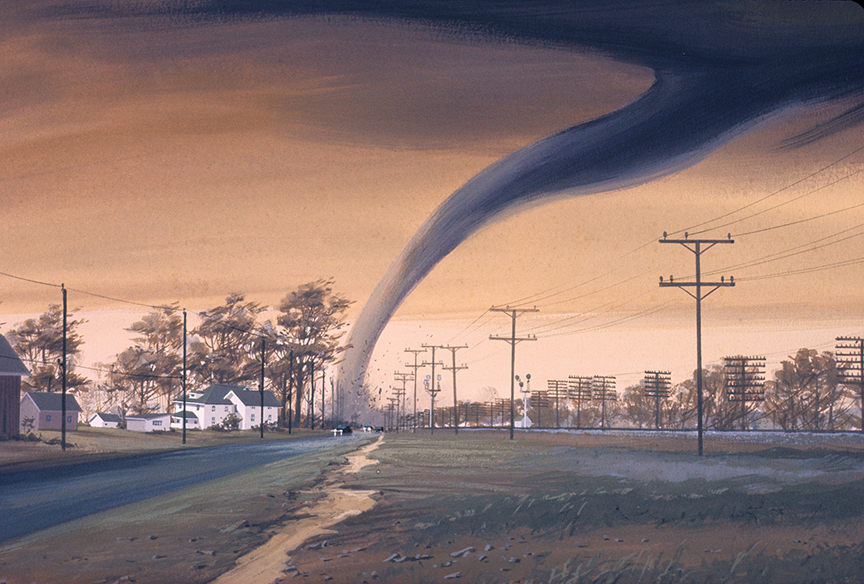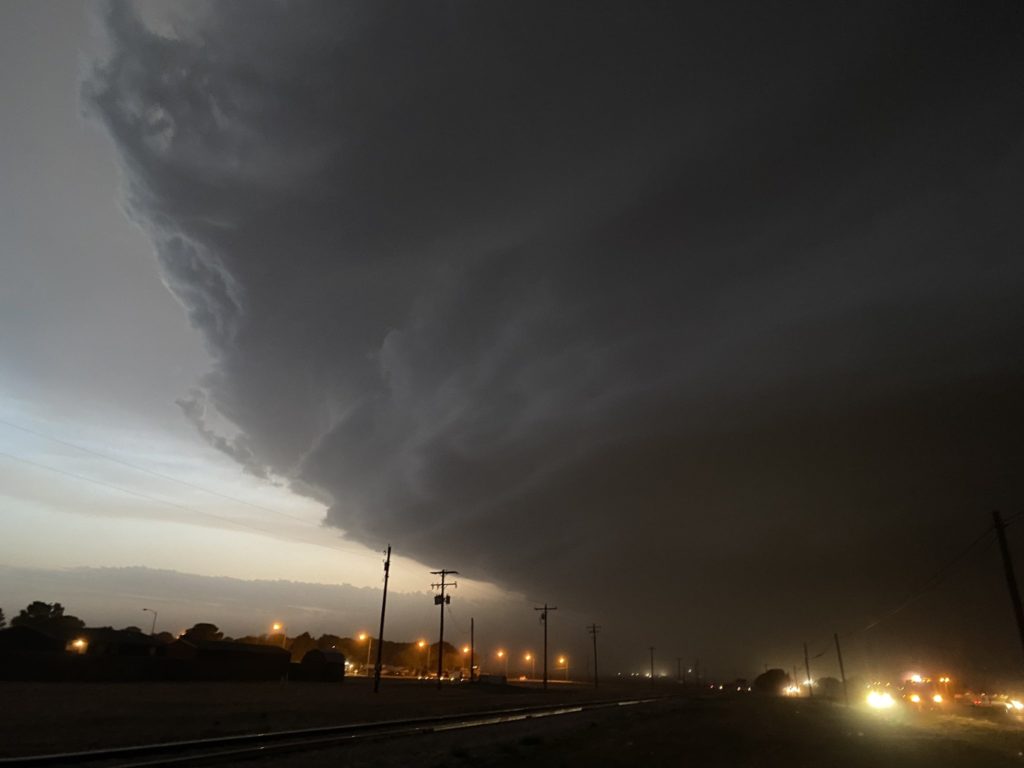
U-M Team Embarks on Annual Tornado Chase to Study Funnel Formation
A team from University of Michigan is traveling to the Great Plains to chase and document funnel clouds at Tornado Camp 2022.

A team from University of Michigan is traveling to the Great Plains to chase and document funnel clouds at Tornado Camp 2022.
In an adrenaline-pumping tradition, a team from the University of Michigan is traveling to the Great Plains to chase and document funnel clouds at Tornado Camp 2022.
Representing U-M Climate & Space, engineering students and recent graduates John Delpizzo, Nicholas Dewhirst, Patrick Britt, Kaleb Clover and Sam Ephraim will embark on the storm chase under the direction of Chris Weiss, Ph.D., associate professor at Texas Tech University, and Texas Tech graduate students.
They will be participating in the TORUS project (Targeted Observation by Radars and UAS of Supercells), as more than 50 researchers and students deploy a broad suite of instruments to collect data on supercell thunderstorms across the Great Plains. The TORUS project aims to understand the relationships between severe thunderstorms and tornado formation.
Bagged my first tornado in western texas. Can’t believe it was a huge wedge. #umichchase @umclasp pic.twitter.com/qTPrzYuzDr
— Patrick Britt (@PatBrittwx) May 24, 2022
The day before they embarked on the road trip, the U-M team met with Professor Perry Samson to discuss their game plan.
They gathered around as Samson recounted what it is like to witness a tornado from the center of the storm, based on his own experiences. He told of flying debris and a sky so black it was too dark to capture anything on his camera. Samson advised the students to use caution, even as they set out to conduct climate science right from the field.
“We’re so excited to look deeper into supercells and tornado-genesis and see some legit storms,” said Dewhirst. He said the U-M team will be spending five weeks on the road with the TORUS project, with the storm chase concluding on June 18.
Follow along, as these emerging climate scientists share updates on Twitter, Instagram and YouTube. They will post updates on the channels below:
Follow the hashtag: #UMichChase
Watch for the Instagram Takeover: http://instagram.com/umclasp
Nick Dewhirst will live tweet on Twitter: @SEMichigan_Wx
Patrick Britt will live tweet on Twitter: @PatBrittWX
Kaleb Clover will vlog on YouTube: https://www.youtube.com/channel/UC8Ip–2vNq77dKYKxEyrOHA
